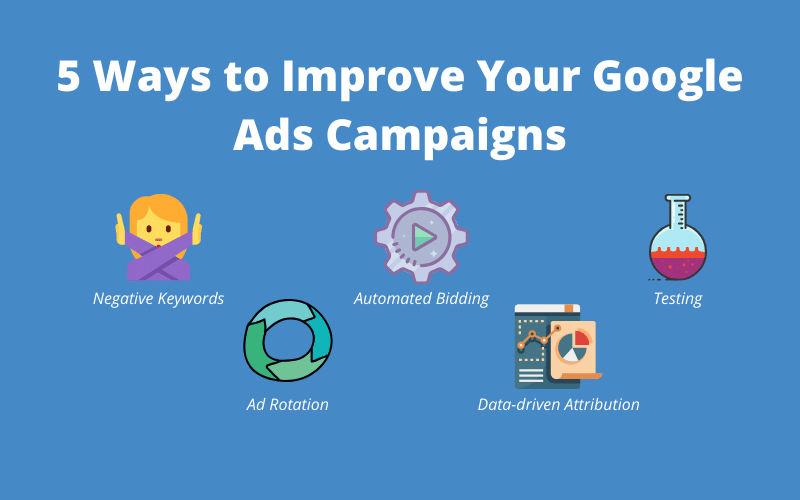Google Ad Rank determines your ad position in search results and whether your ad will show at all. It’s calculated using multiple factors, and improving it can lower your cost-per-click (CPC) while increasing visibility. Let’s dive into how Google Ad Rank works and how you can improve it to boost your PPC performance.
1. What is Google Ad Rank?
Google Ad Rank is the score that determines where your ad appears on the search engine results page (SERP). The formula is:
✅ Ad Rank = CPC Bid × Quality Score × Expected Impact of Ad Extensions
Your Ad Rank is recalculated each time your ad enters an auction, meaning it’s dynamic and influenced by multiple factors.

2. Factors That Affect Ad Rank
To improve Google Ad Rank, you need to optimize the following:
✅ Your Bid Amount: The maximum amount you’re willing to pay per click
✅ Quality Score: A score (1-10) based on ad relevance, CTR, and landing page experience
✅ Ad Relevance: How closely your ad matches the search intent
✅ Expected Click-Through Rate (CTR): The likelihood of users clicking your ad
✅ Landing Page Experience: Fast-loading, mobile-friendly pages with relevant content
✅ Ad Extensions & Formats: Adding sitelinks, callouts, structured snippets, etc.
Learn more about PPC strategies here
3. How to Improve Your Google Ad Rank
1. Improve Your Quality Score
Your Quality Score is one of the biggest factors affecting Ad Rank.
✔ Use relevant keywords in your ad copy and landing page
✔ Optimize CTR by writing engaging, action-driven ad copy
✔ Ensure your landing page is fast, mobile-friendly, and user-friendly
Boost your PPC conversion rate
2. Optimize Your Bidding Strategy
A higher bid can improve your Ad Rank, but it’s not just about spending more.
✔ Use Target CPA or Maximize Conversions for better ROI
✔ Increase bids on high-intent keywords
✔ Adjust bids based on device, time, and location performance
Learn more about PPC bidding strategies
3. Use Highly Relevant Keywords
✔ Research and target long-tail keywords with high conversion potential
✔ Group similar keywords into tightly themed ad groups
✔ Use negative keywords to filter out irrelevant traffic
4. Write High-Performing Ad Copy
✔ Add powerful CTAs like “Get 50% Off Today”
✔ Highlight unique selling points (e.g., “Free Shipping”)
✔ Test different ad variations for higher CTR
5. Optimize Landing Page Experience
✔ Ensure fast-loading pages with easy navigation
✔ Use high-quality images and compelling content
✔ Match ad content with landing page intent
Improve your website’s user experience
6. Leverage Ad Extensions
✔ Sitelinks: Add additional links for more engagement
✔ Callouts: Highlight unique benefits (e.g., “24/7 Customer Support”)
✔ Structured Snippets: Showcase product categories and services
Conclusion
Improving your Google Ad Rank helps you get better ad placement at a lower cost. Focus on Quality Score, relevant keywords, engaging ad copy, and landing page experience to boost your ad performance.
📞 Need expert PPC management? Contact us today!
📧 Email: Syed_66@hotmail.com
📞 Call: 0161 399 3517
🌐 Visit: Social Media Max

